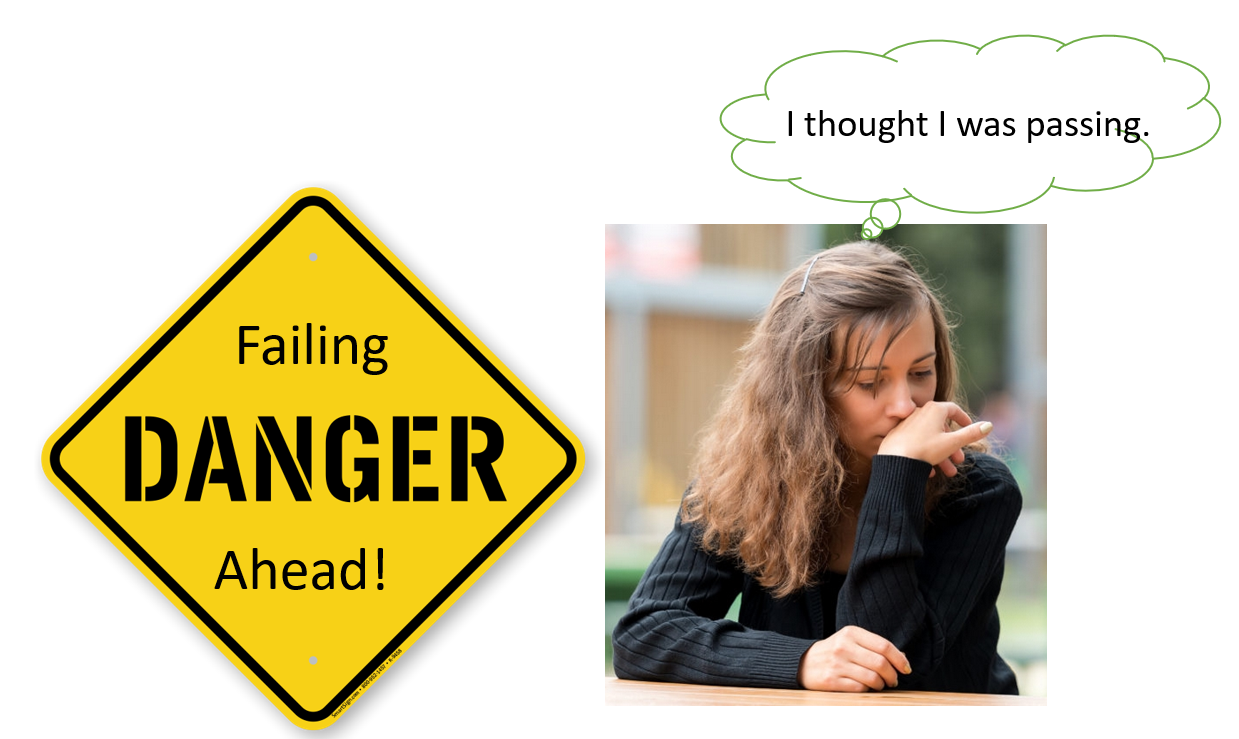
At the end of the term, the Level 3 Writing teacher Pam (not her real name), was filled with turmoil. She had shared samples of her students’ papers with our Writing Panel (a group of five Writing teachers.) After reading the papers, the members felt that four of her students’ writing skills hadn’t developed enough to pass to the next level. Thus, the members recommended that those four repeat Level 3.
Pam acknowledged that the students’ skills were weak and said that two of them were expecting to fail. However, the other two would feel shocked.
At the beginning of the term in September, Pam liked to give students high grades on assignments. She was worried that low grades would discourage them. As the term progressed, she continued to score high those students who made a good effort, thinking that would keep them motivated. But now it was December, and she was caught in a dilemma: either pass those two students who would struggle greatly in the next level or shock and disillusion them with the news that they had failed.
In his book, Punished by Rewards, Alfie Kohn, discusses meaningful perspectives about and approaches to giving grades. By incorporating many of her ideas, we can avoid the pitfall that this Writing teacher had fallen into.


